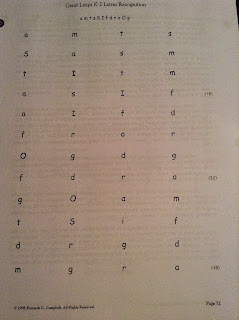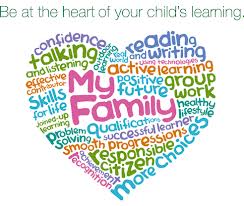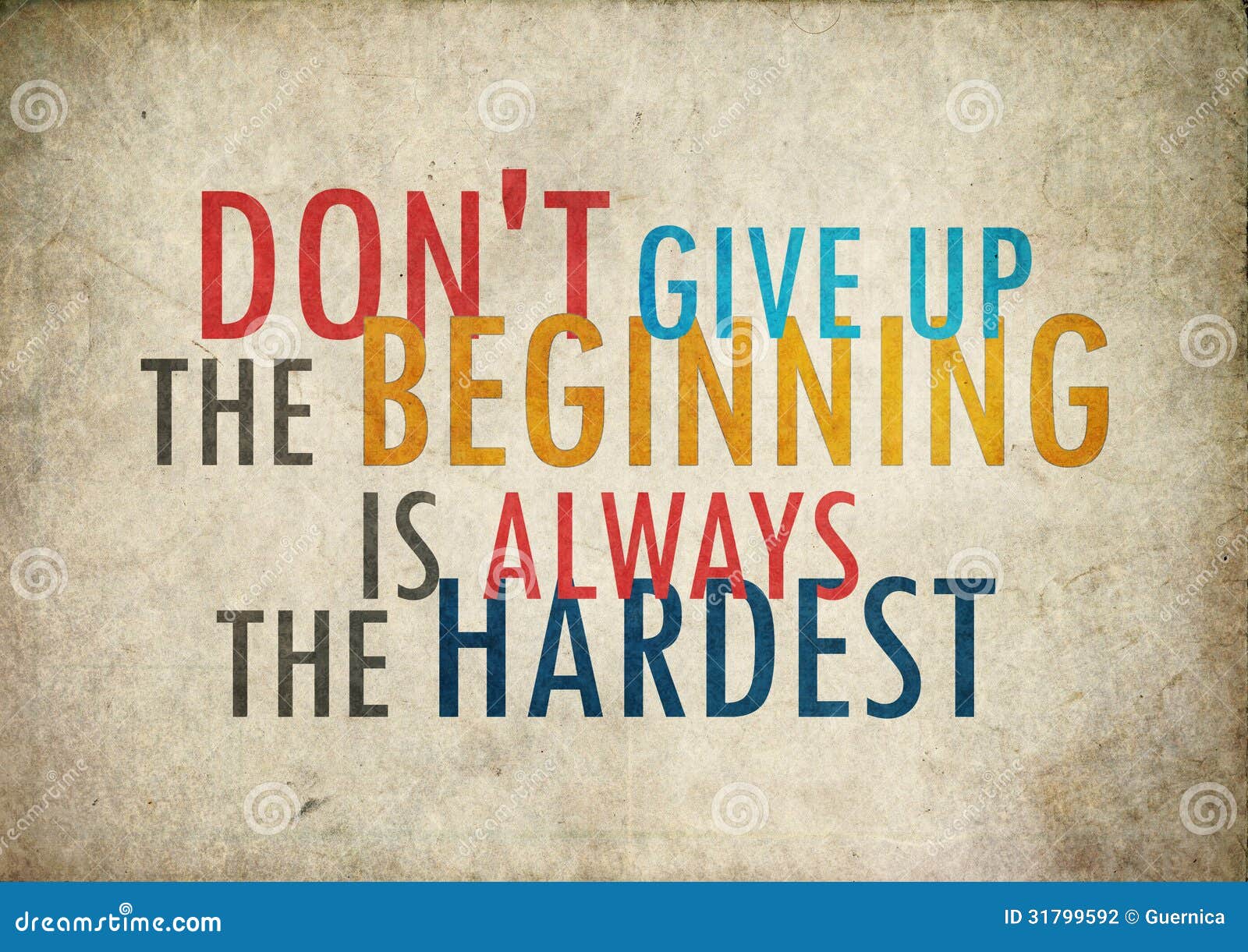I've spent a lot of time focusing on the fact that my readers struggle with phonemic awareness, fluency, decoding, and letter knowledge. This all affects their comprehension when reading independently, but I haven't focused on how they comprehend when being read to. It didn't occur to me to think about their comprehension when being read to because our main goal is to be able to teach our young readers to do this all independently. I decided to think about this when reading over the Anchor Standards because none of them really address the fact that my students cannot read on their own; they want students to build comprehension skills even if they are not the ones comprehending the text on their own.
Boy 1 does have some comprehension skills. He often answers questions when asked about a book we had just read. His answers may not always make the most sense, but I can usually piece together what he is saying.
Girl 2 does not usually answer questions during our morning reading time so it is hard for me to determine how she is on a comprehension level. When asked questions, she sometimes answers and sometimes she just says that she doesn't know which could either mean she a.) really doesn't know, b.) wasn't paying attention, or c.) doesn't want to answer. I would say from observations that she struggles with comprehension because of her lack of participation in that area. I will need to focus more on this issue this coming week.
Boy 2 does struggle with comprehension from reading with him in reading groups. When reading fluently, I will ask him to repeat what he just said and he will give me a blank stare. I know he is memorizing the words, but not recalling the meaning of the sentence. I also notice this in morning reading time when we are discussing a book whole group. He will often repeat an answer that someone else has said or repeat the same kind of answer in a different way which shows me that he isn't comprehending the book on a level where he can answer the question himself. When discussing different topics, he often has a go-to answer that he knows will be right, but often cannot give me other examples.
Some goals that I have picked for Boy 1 to work on would be:
1. Boy 1 will describe the theme of the text with some prompting (A1-b).
2. Boy 1 will describe what happened at the beginning, middle, and end of a text with some prompting (B1-b).
3. Boy 1 will use facts/details to describe why something happened in a story (B3-b).
Some goals that I have picked for Girl to work on would be:
1. Girl will describe the theme of the text with some prompting (A1-b).
2. Girl will describe what happened at the beginning, middle, and end of a text with some prompting (B1-b).
3. Girl will be able to predict what happens next in a story by recalling previously known facts with some prompting (A4-a).
Some goals that I have picked for Boy 2 to work on would be:
1. Boy 2 will describe the theme of the text with some prompting (A1-b).
2. Boy 2 will describe what happened at the beginning, middle, and end of a text with some prompting (B1-b).
3. Boy 2 will be able to predict what happens next in a story by recalling previously known facts with some prompting (A4-a).
I kept most of them the same because I feel that they are all on the same comprehension level, but I changed the third goal for Boy 1 because I believe he is comprehending what is read to him so I think he can recall details a little better than the other two. This is something that I will have to monitor closely this coming week.
Suggested books for these activities would be:
1.
Alexander and the Terrible, Horrible, No Good, Very Bad Day by Judith Viorst (A1-b)
2.
A Bad Case of Stripes by David Shannon (B1-b)
3.
No Jumping on the Bed! by Ted Arnold (A4-a)
3.
Never Smile at a Monkey by Steve Jenkins (B3-b)
.JPG)
.JPG)


.JPG)
.JPG)













